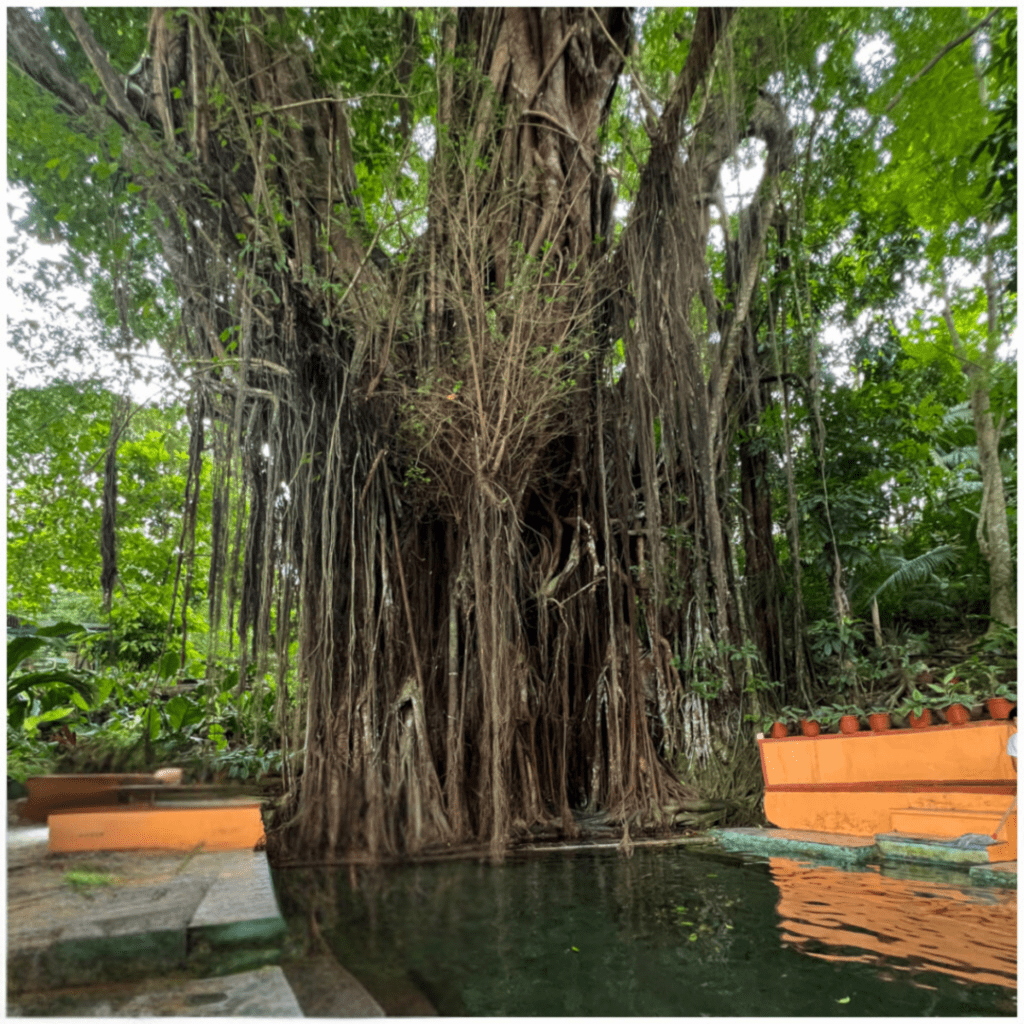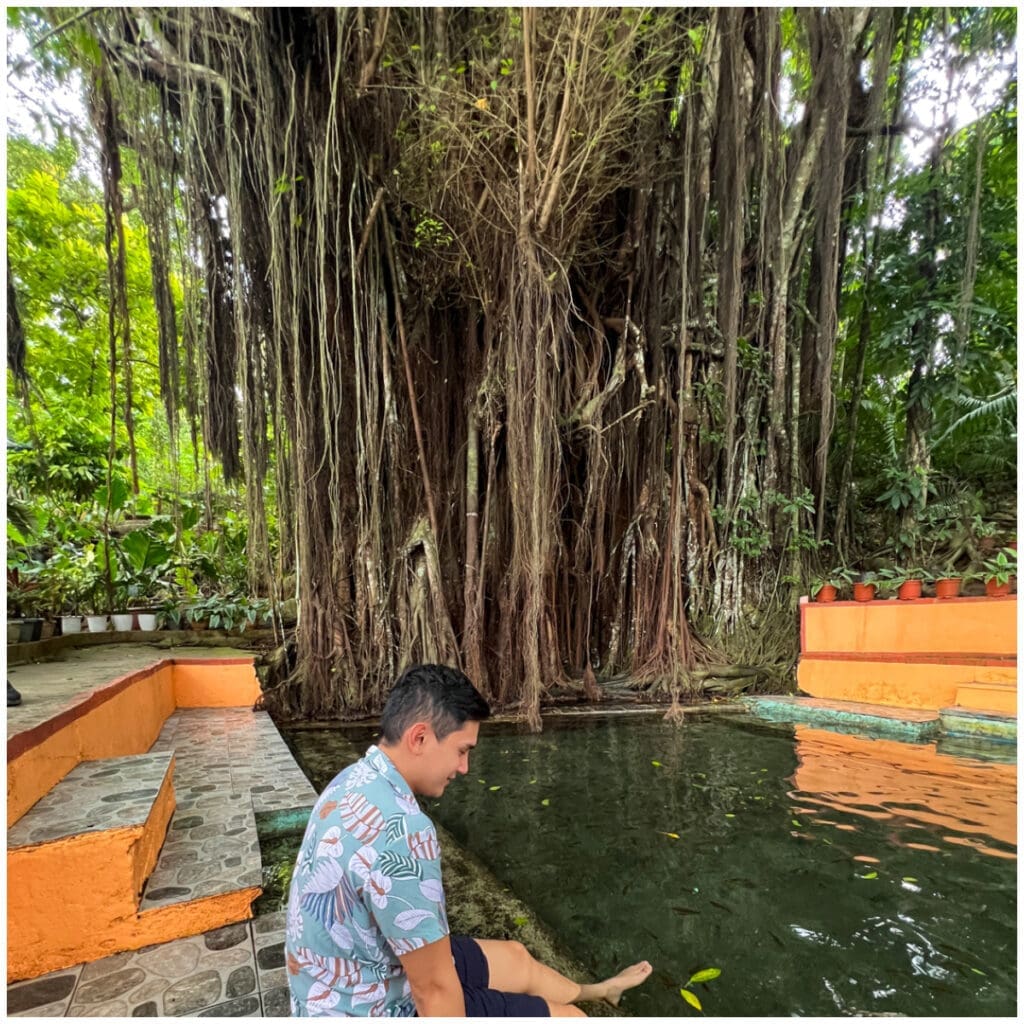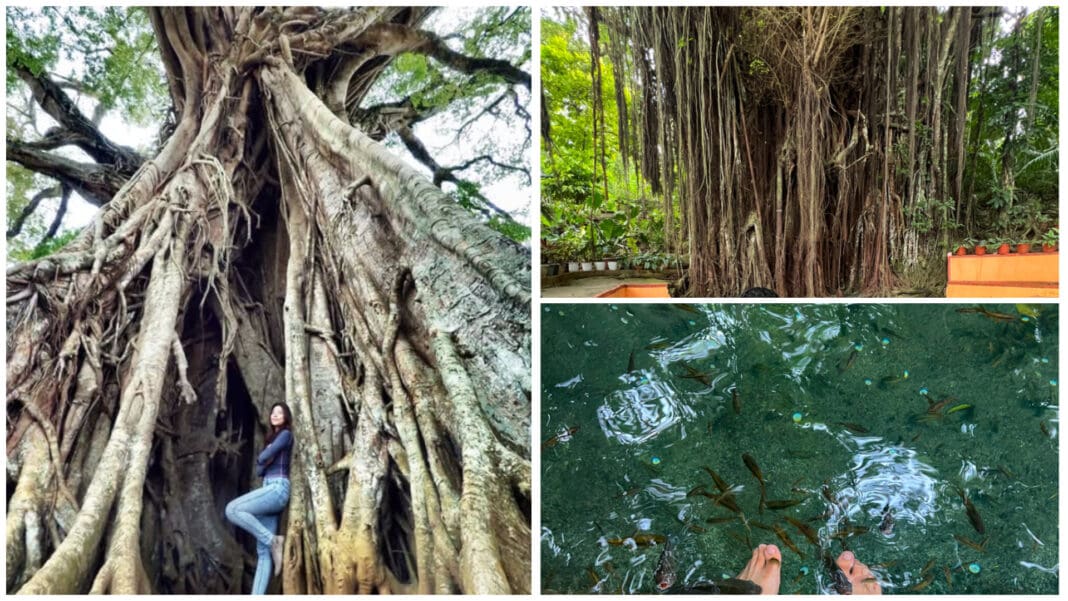The Philippines is land to rich natural resources and superstitious practices. From folktales to legends, Filipinos associate nature with haunted myths–especially the Balete tree.

As a member of the Ficus family and a relative of the Banyan tree, the Balete provides shade to those who seek shelter under its huge branches.
This tree is also allegedly home to supernatural guardians, but where did this belief come from?
Here is the rich history and persisting practices relating to the Balete tree!
Supernatural History
The grandeur and the tales surrounding the tree make it an iconic element of the country’s mystical heritage.
Filipino folktales suggest that the tree has a deep-rooted connection to supernatural beings such as the kapre, a mythical tree demon, tikbalang, creatures that are half human and half horse, and the white lady–all of whom are thought to reside within it.

Many people caution against bringing Balete parts into their homes, fearing they could attract spirits.
In certain areas, sorcery rituals are performed around the tree’s roots.
Mystical Practices
With the spiritual beliefs associated with Balete, people conduct special ceremonies around this tree.

Its origins trace back to the Taal Lake region, where it thrived and grew rapidly. Positioned by Taal Lake, it overlooks the renowned Taal Volcano, enhancing its cultural significance as a natural wonder and reflecting the area’s historical context.
A particularly notable Balete tree can be found at the OISCA Farm in Lumapao, Canlaon, Negros Oriental.
Estimated to be around 1,328 years old, it embodies a profound connection to indigenous cultures. The tree has almost transformed into a cave, providing shelter for various animals, symbolizing its role as a sacred guardian and its link between the earth and spiritual realms.
Indigenous Roots
The fall of its sacred lore goes all the way back to Spanish colonization with priests and friars preaching against superstitions.
According to Francisco Demetrio in his essay “The Engkanto Belief,” the phenomenon in the Philippines can be linked to the decline of the Babaylan following the arrival of Christianity.

It is believed that when candidates are discovered in this state, they are already possessed by spirits, marking the beginning of their journey as mediators between humans and the spirit world.
In Francisco Ignacio Alcina’s “History of the Bisayan Islands,” the Babaylans are portrayed as if they are in a trance-like state. Adorned with self-made ornaments and gold jewelry, they remain by the Balete tree, where the spirits that have summoned them bestow gifts such as healing and clairvoyance.
Local Lore
In Central Visayas, an impressive 400-year-old tree has withstood the test of time and has become a symbol of Siquijor province.

The Balete tree holds significant historical importance for Siquijor. During the Spanish colonial era, it served as a gathering spot for locals to voice their grievances against the colonizers. Additionally, the tree provided refuge for Filipino revolutionaries during the Philippine Revolution.
At present, the Century-Old Balete Tree on Siquijor Island is a popular destination for tourists. Its impressive age and enchanting ambiance draw numerous visitors.
The Balete tree is more than just a natural wonder–it is a site of reflection and a sacred space shared by generations of Filipinos.

